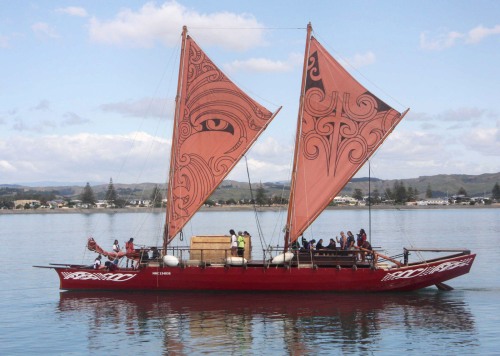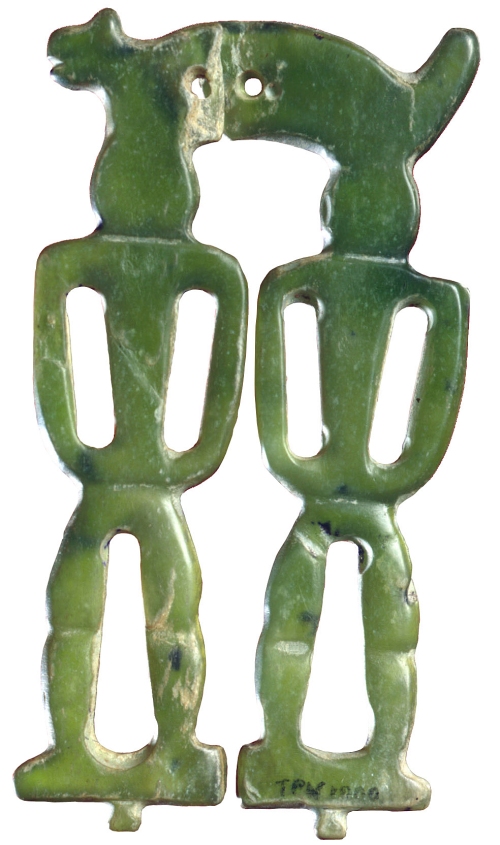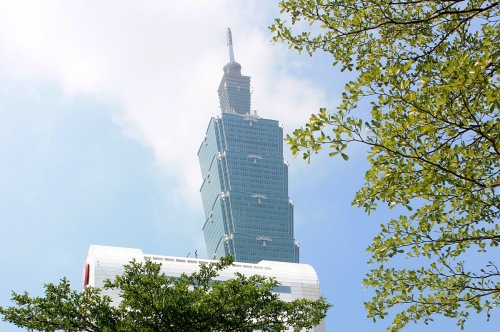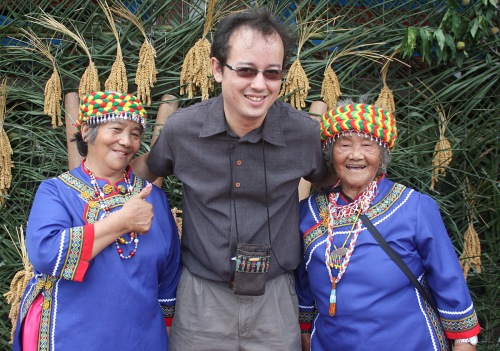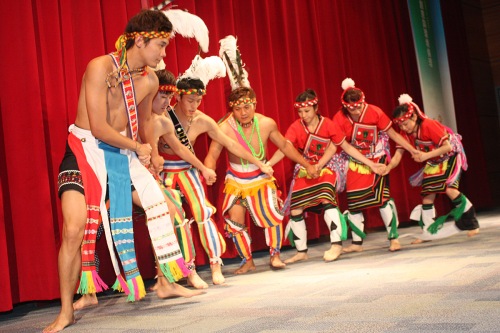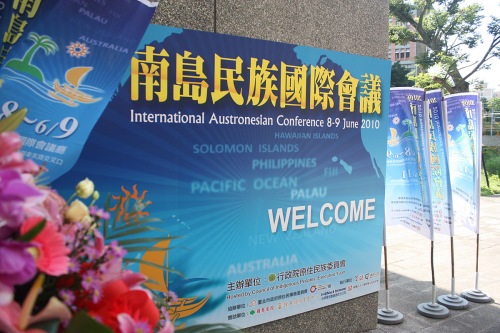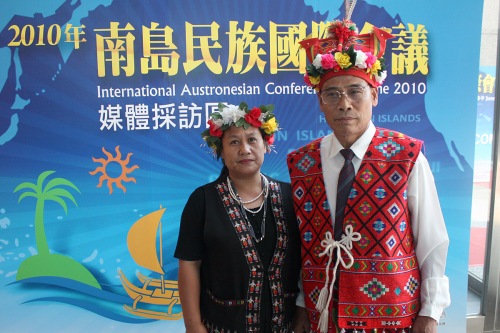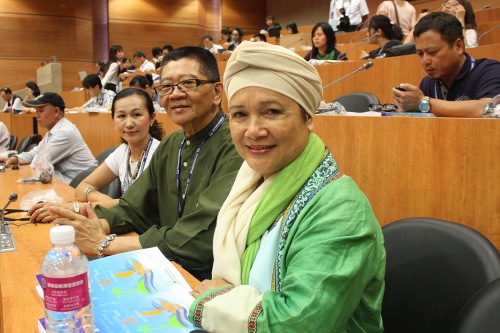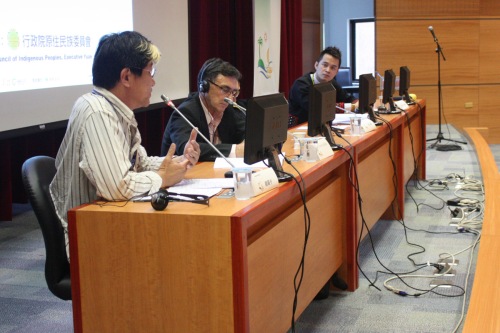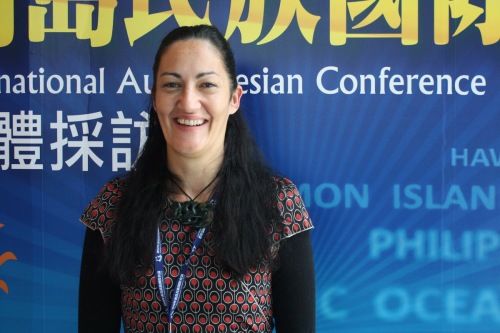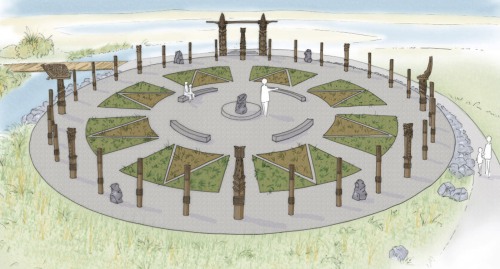
An artist rendering of the Star Compass project in Hawkes Bay, New Zealand. Drawing provided by Piripi Smith of Te Matau a Māui Voyaging Trust.
For thousands of years, Austronesian (南島) navigators (Tohunga) piloted primitive, double-hulled sailing ships called “waka” across vast stretches of the Pacific and Indian Ocean. These highly-trained sailors traveled across hundreds or thousands of kilometers discovering uninhabited islands, creating new colonies, and developing trade networks. What’s hard to believe is that these navigators traversed these great distances using no technology or maps, but instead relying on tuning into the stars, winds and Mother Nature. According to many scholars, these skills brought ancient ancestors from Taiwan to settle the vast area known as Austronesia, including the Philippines, Hawaii, Easter Island, Madagascar and New Zealand.
Up until modern times, these traditional sailing methods had been preserved by Polynesian peoples. There has been a recent revival of this method of transport, and to prove to the skeptics that the accuracy of guiding “waka” does not rely on luck, a new generation of navigators continues to sail between distant islands with no maps, compasses or GPS systems.
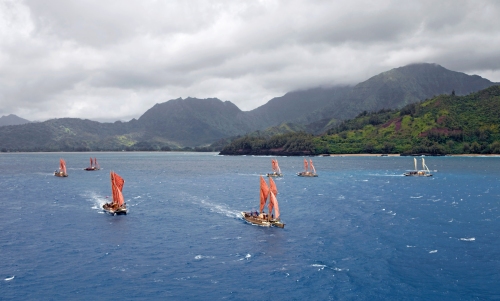
Traditional Maori wakas sailing near New Zealand. Photo provided by Piripi Smith of Te Matau a Māui Voyaging Trust.
One group in New Zealand that prioritizes the preservation of this tradition is Te Matau a Māui Voyaging Trust, which manages a program called Waka Experience. The organization is led by Chairman Piripi Smith, who is an experienced Maori navigator. The Trust is partnering with Hawkes Bay Regional Council to undertake an ambitious project to build a large public project called the Star Compass. Not only will the project serve a functional purpose, it will also revitalize the historic Waitangi area.
The Star Compass will be used primarily as an education resource for a wide range of groups; trainee navigators of waka hourua, waka crew, school, youth and community groups. Visitors and tourists to the region will be able to understand the basics of how celestial navigation works. When asked why he was personally committed to this project, Piripi Smith stated, “It’s important to me as a trained navigator, as I now have a responsibility to pass this knowledge on to future generations, like it has been passed onto myself from my mentor Jack Thatcher.”
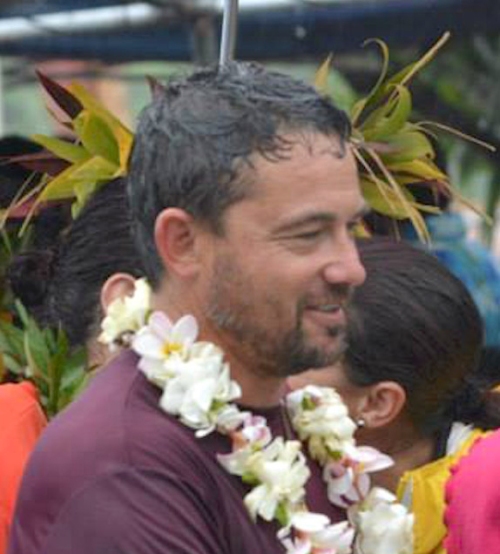
A photo of Mr. Piripi Smith, Maori navigator and Chairman of the Te Matau a Māui Voyaging Trust. Photo provided by Piripi Smith of Te Matau a Māui Voyaging Trust.
The Star Compass consists of thirty-two carved wooden pous (totems) approximately 2-3 meters high placed in a large circle outdoors. Six large limestone rocks will also denote the solstice points and centre of the compass. Four main pous for the North, East, South and West directions represent the four corners of the Austronesian world. The carved designs of the South Pou represents Aotearoa (New Zealand), the East Pou represents Easter Island, the North Pou represents Hawaii, and the West Pou represents Taiwan, home of the Austronesian ancestors.
The Te Matau a Māui Voyaging Trust worked with the ATAYAL organization and the National Museum of Prehistory (國立台灣史前文化博物館) in Taitung City (台東市) to select a design for the West Pou. Seeking a more authentic connection to their ancient ancestors, they sought an indigenous design from the appropriate region of Taiwan and time period. Chairman Smith explained, “We want to incorporate an ancient indigenous Taiwanese design so we can tell the story of where the voyages of our ancestors started.”
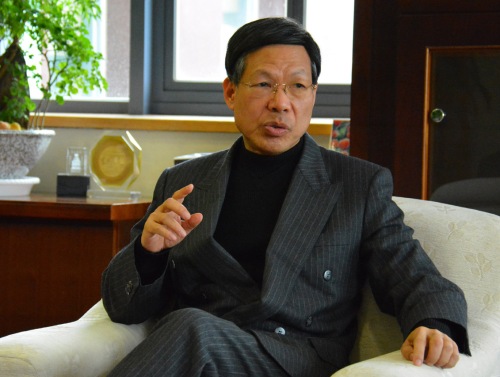
Director Shannan Chang of the Taiwan National Museum of Prehistory. Photo provided by the Taiwan National Museum of Prehistory.
The museum houses the largest collection of ancient Austronesian artifacts from the island. Its director Shan-nan Chang (張善楠) and his staff presented an assortment of ancient pieces from the Beinan (卑南) people, who lived in Southern Taiwan over 2,000 years ago. The museum considers this cooperation significant for helping Taiwan expand its international connections and to help the Maori in New Zealand connect with their roots. Director Chang stated that the project aligns with the museums original mission to expand Austronesian studies through its cultural connections, and expressed, “It is our honor and responsibility to reinforce the relationships for the Taiwanese people.”
Piripi Smith’s team has chosen the main indigenous design, which is from a Beinan Period jade artifact, as well as some other design elements to use in Taiwan’s pou. He is currently in a fundraising stage to build the project. The Star Compass project is tentatively scheduled to open in February 2017, depending on the success of finding sponsorship and other funding.
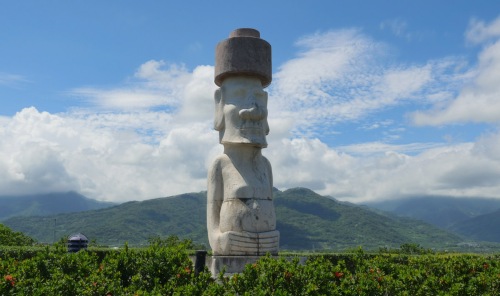
A large moai statue similar to those found on Easter Island sits on the grounds of Taiwan’s National Museum of Prehistory. Photo provided by the Taiwan National Museum of Prehistory.
Director Chang hopes to attend the opening ceremony of the Star Compass in New Zealand. When asked about what the design provided by his museum may mean to the Maori in New Zealand, he remarked, “This star compass project is really wonderful, because they can see an authentic design and feel the similarities of the connected cultures from the totem pole design.”
When the Taiwanese people look at projects like this, they shouldn’t underestimate what international opportunities Taiwan’s Austronesian heritage can provide for its future.

